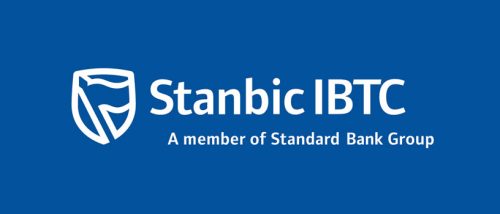Inflationary pressures intensified in September, adding to the challenges faced by Nigerian companies as the third quarter drew to a close.
Although new orders increased for a second month running, the rate of growth remained muted and insufficient to prevent a further reduction in business activity. Likewise, the rate of job creation was only marginal and eased to a three-month low.
The headline figure derived from the survey is the Stanbic IBTC Purchasing Managers’ Index (PMI). Readings above 50.0 signal an improvement in business conditions in the previous month, while readings below 50.0 show a deterioration.
Muyiwa Oni, Head of Equity Research West Africa at Stanbic IBTC Bank commented: “Nigeria’s PMI remained below the 50-point mark for the third consecutive month, settling at 49.8 points in September from 49.9 points in August. This points to a further fractional deterioration in business conditions, the third in as many months, largely due to challenging demand conditions amid the inflationary environment. Still, the pace of deterioration remained marginal as some firms were able to secure greater new business during the month. Output increased in agriculture and manufacturing, but fell in wholesale & retail and services. Meanwhile, companies remained reluctant to hold inventories in September, cutting stocks of purchases for the second month running and to the largest extent since May 2020.
Inventories were reduced in line with falling output and muted customer demand. Elsewhere, input costs increased to their third steepest on record while output prices quickened to their fastest level in six months. Business activity was underwhelming in Q3:24 relative to Q2:24, implying that the non-oil sector may grow slowly in Q3:24 amid the triple whammy of high inflation rate, elevated interest rates, and currency volatility all of which continue to undermine domestic demand and business investments. However, because of higher crude oil production relative to the same period last year, the oil sector is likely to compensate for a lackluster non-oil sector’s performance, thereby pushing real GDP growth to 3.10% y/y in Q3:24, based on our estimates.”
The headline PMI was little changed in September, posting 49.8 following a reading of 49.9 in August. As such, the index pointed to a further fractional deterioration in business conditions, the third in as many months. Companies continued to report challenging demand conditions, in large part due to the inflation environment.
Infact, September saw an intensification of inflationary pressures, with both input costs and output prices increasing at the sharpest rates in six months. Purchase prices rose rapidly amid currency weakness and higher costs for fuel, logistics, materials, and transportation.
Some firms made efforts to help their workers with higher living costs, but the rate of wage inflation eased to an 18-month low. Higher costs were then passed through to customers, with close to 49 percent of respondents raising selling prices in September.
Although sharp price increases acted to limit customer demand, new orders rose for the second month running in September, and to a slightly greater extent than in August. However, the rate of expansion remained modest.
Business activity continued to fall marginally as the tentative improvement in new orders was insufficient to support an expansion of output. Activity was down for the third month running. Output rose in agriculture and manufacturing, but fell in wholesale & retail and services.
Employment increased for the fifth month running, but only marginally as some firms limited hiring in an effort to reduce costs. Companies also maintained a cautious approach to inventory levels, lowering stocks of inputs for the second month running, and to the largest extent since May 2020.
Firms were also reportedly keen to eliminate backlogs of work wherever possible given the cost of holding goods. The fall in inventories was recorded despite a renewed increase in purchasing activity, the first in three months.
Meanwhile, suppliers’ delivery times continued to shorten solidly. Business confidence fell in September and was the second-lowest on record, only just above the series nadir posted in July.
Those respondents who were optimistic regarding the year ahead outlook linked this to hopes that business conditions will improve, alongside business expansion plans.
